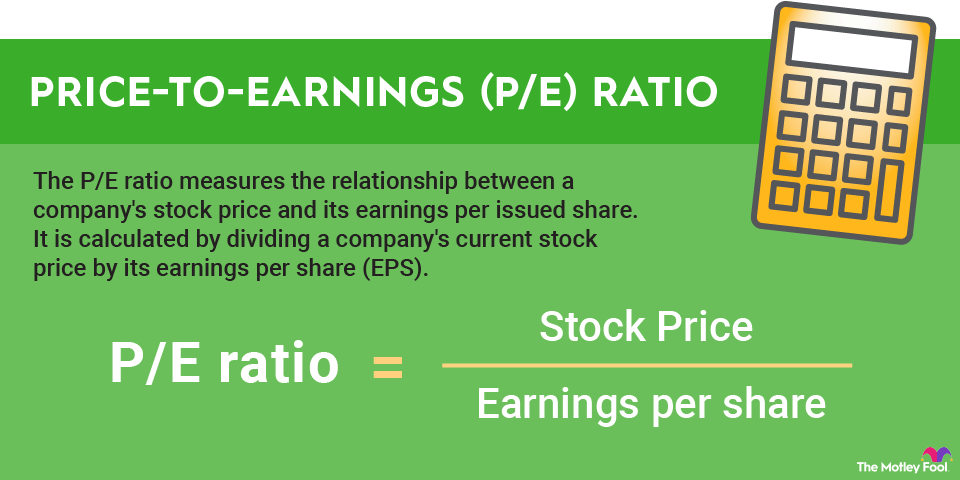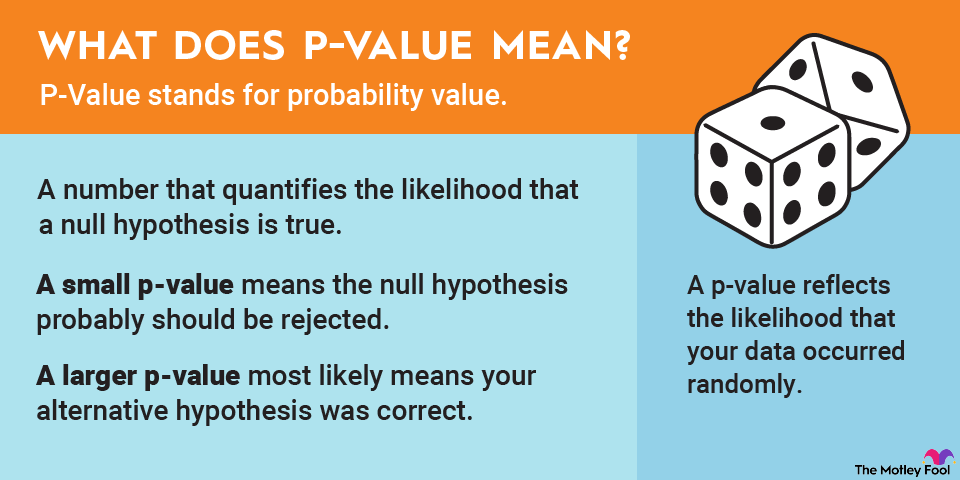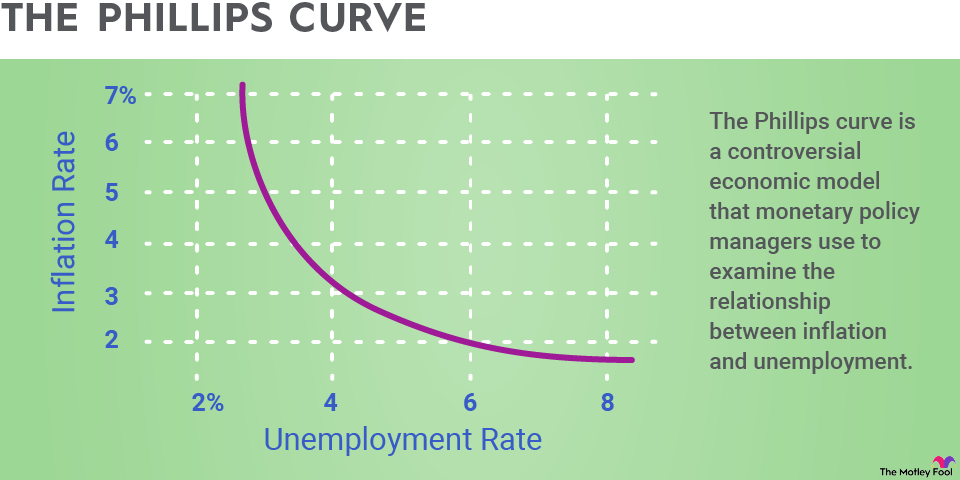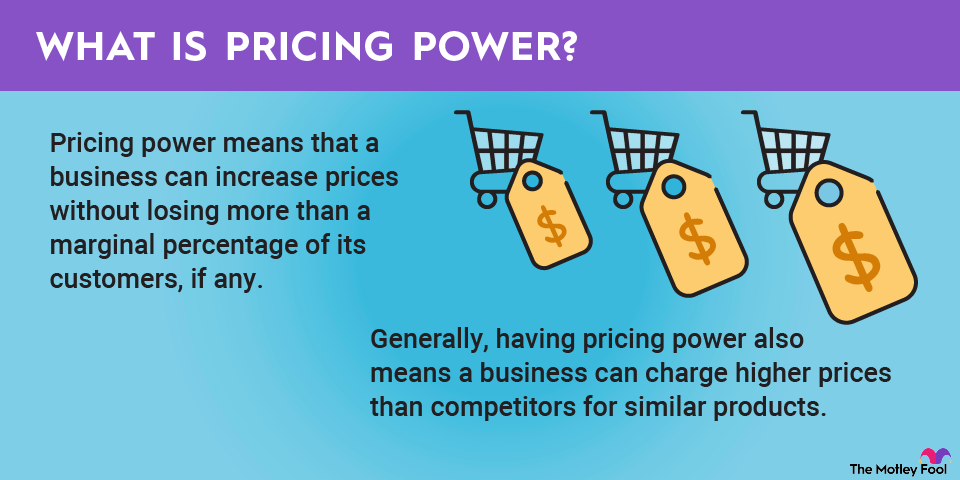One other important compensation metric found in the proxy statement is the CEO-to-median-worker-pay ratio. If a business compensates its employees well and fosters an environment where they feel happy and respected, it generates loyal workers. Decreased turnover can result in positive financial results due to less hiring and training required to maintain operations. You can compare the metric across companies to see how one company compares to its competitors.
Here are some questions to consider when evaluating compensation:
- How much is the median employee at this company making?
- Is the CEO-to-median-pay ratio average, below average, or above average? How does it compare to others in its industry?
- How successful has the company been in the past year, and how well should the executives be compensated for company achievements?
- What companies are in the peer groups? Do you think that is a valid comparison group?
- What are the performance metrics that drive bonuses? Are they long-term focused (return on invested capital, etc.) or short-term focused (share price, etc.)?
- What does insider ownership look like at this company?
- How long have the executives been at the company? What value have they added, and what cultural environment have they created?
Shareholder resolutions
Shareholder resolutions (also known as shareholder proposals) appear at the end of proxy statements. They are filed by everyone from individual activist investors to groups of like-minded investors to major fund shareholders.
They can cover everything from demands related to increasing shareholder value to pressures that a company address ESG issues. There are many different kinds of activists who represent different investing styles and philosophies.
It is very important to carefully read both the shareholder proposal and management's response. Even if you're just researching a company and not actually voting the proxy, you can learn interesting things about a business by reading these proposals. Shareholder proposals can reveal emerging risks that investors should keep an eye on (even if they're not active and ongoing or legacy risks) and how management is dealing with them (or not).
When you go to vote for or against shareholder resolutions, here are some elements to think about:
- Would the shareholder recommendations or demands in any proposal help build a stronger, more sustainable company? Think about these questions through the lens of long-term strength and sustainability, not short-term considerations.
- In its response to a specific proposal, has management proven that the proposal isn't applicable or that management actually is adequately addressing the issue presented by the shareholder proponent? You may be able to give the benefit of the doubt if a company's management seems to be addressing the issue.
- Take the time to read proposals carefully. Shareholder proposals can and do push certain agendas, and sometimes even figuring out what those agendas actually are can be tricky.
- Shareholder vote tallies (and proposals) can highlight major red flags. Watch out for a company that continuously ignores high shareholder votes on the same topics year after year.
- Viewing shareholder activism through the lens of current events and related risks is important, too.
Accounting firms
As a shareholder, you are also entitled to vote for or against the accounting firm the company uses. While some might argue that having the same auditor year after year represents continuity, as with boards of directors, too long of a tenure may lead to a certain degree of chumminess and be associated with less-robust outcomes. Our general guideline is to consider voting against an auditor that has been in place for more than seven years.




















